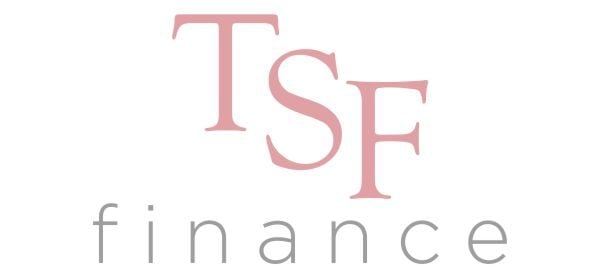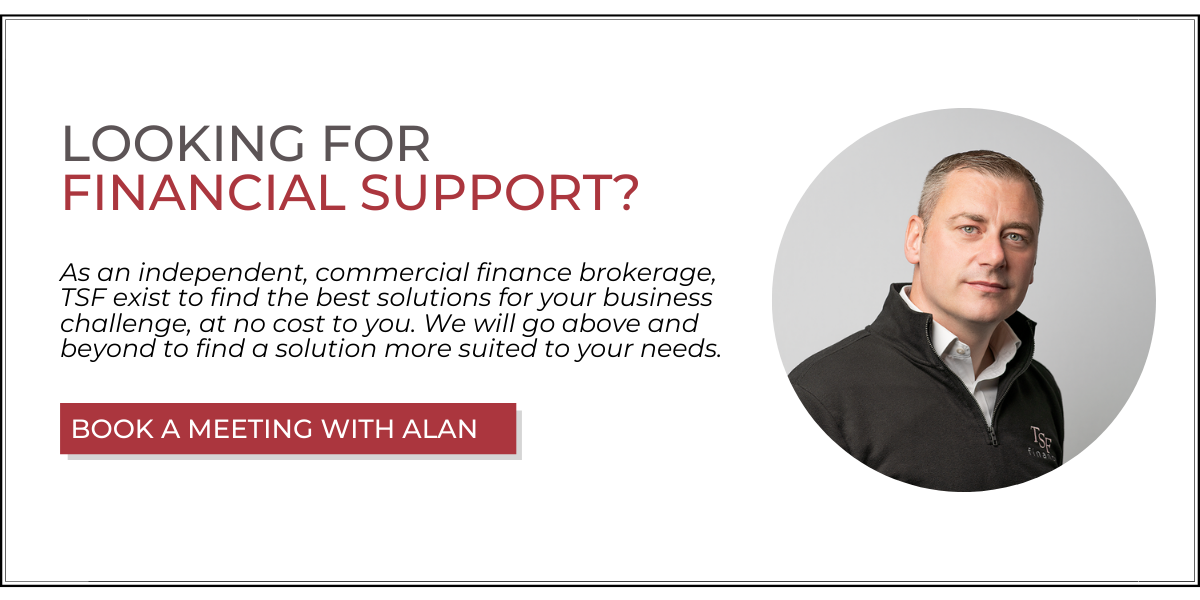A Working Capital strategy involves monitoring an organisation's assets and liabilities to ensure cash flow remains sufficient. Managing Working Capital involves observing three ratios, outline below.
Having enough Working Capital can make or break your business. How you manage it directly impacts your operational cash flow and your profits.
COVID-19 will have, in some way, impacted your working capital. Below, we will look into the benefits of a Working Capital strategy and how you can implement and manage one.
.png?width=450&name=Untitled%20design%20(11).png) Types of Working Capital Management Ratios
Types of Working Capital Management Ratios
Below are definitions of the three ratios involved with Working Capital:
- The Working Capital ratio: Calculated as current assets divided by current liabilities. This is a key indicator of a company's financial health, as the figure outlines whether an organisation can meet short-term financial obligations. Depending on the industry, numbers can vary, but as an example, if the ratio is below 1.0, this suggests a business is struggling to meet short-term obligations, and any debt could not be covered by by liquid assets. At this point, a business would need to seek other financial options to cover short-term obligations, like asset finance for example.
- The collection ratio: The collection ratio refers to an organisation's ability to manage its accounts receivables. It provides the average number of days it takes for a company to receive payment after a sales transaction on credit. So the more effective your invoicing or billing department is at collecting payment, the lower the ratio is. This indicates a healthy cash flow.
- The inventory ratio: The inventory ratio relates to how rapidly a company's inventory is being sold and restocked. A lower ratio here indicates high inventory levels, while a higher ratio could indicate inefficient inventory levels that should be reviewed.
Benefits of having a Working Capital Strategy
Implementing a Working Capital strategy contributes to improving your cash flow and profitability. Benefits include:
- Ensuring liquidity
- Evading interruptions in operations
- Enhancing profitability
- Improving financial health
- Value addition
6 tips for Working Capital Management Strategies
- Know your numbers: do you have up to date management accounts? Looking forward, do you have cash flows? What is the Working Capital gap? This is important to know if you need to raise capital.
- Know your assets: where is Working Capital needed to fill a gap? Knowing what assets you already have in the company to release that capital is vital. What equipment could you use to release capital? Could your sales ledger be managed better to increase working capital?
- Know your business model: question every overhead and work out if it is a necessary to have or a want to have. Know all your stock levels to ensure you have enough to work through the coming weeks. Always communicate with your suppliers where you can.
- Look ahead: what was in your pipeline pre-COVID and when will it restart? This will help you understand any initial Working Capital shortfall. Does this shortfall mean you have to look at a new or increased Working Capital facility?
- Review and discuss your options: going direct to a Working Capital provider means only their version of that product will be discussed. Look at your options and understand how they fit with your strategy e.g. contract length, size, cost, security required, recourse period...
- Review and review and review some more: too many businesses develop a Working Capital Strategy and then don't review it ahead of time. Always review your strategy with the current market and in line with that review any Working Capital facility you have - is it still of benefit, do you need more/less? Does it still fit with your strategy? If you review your personal phone contract, why would you not review your working capital strategy?
Our team has over 30 years’ experience in managing cash flows, cash management strategies and building Working Capital solutions.
Please get in touch if you would like to discuss your working capital.











